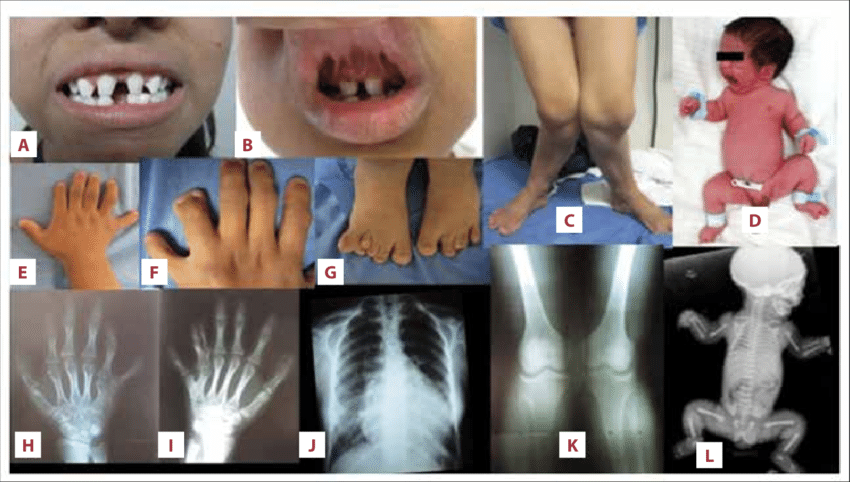Ellis van Creveld syndrome (EVC), also called mesoectodermal dysplasia is an uncommon genetic disorder of skeletal dysplasia.
It’s characterized by short limbs or additional fingers or/and toes, but the prognosis for reversal is extremely high because most children with this condition survive to adulthood.
Parents of children with Ellis van Creveld syndrome must first understand that the condition is not curable, however, the treatment of EVC will be determined by your child’s age and the severity of the problem.
Ellis van Creveld Symptoms
Mesoectodermal dysplasia affects approximately one percent of infants worldwide. The symptoms normally develop in the first year of the child’s life.
The first symptoms often consist of poor performance at school or other activities and poor emotional development.
Many children with this syndrome have a learning disability and they tend to be highly irritable.
Children with the syndrome will display a wide range of symptoms such as the following
- Tantrums
- Regression
- Social impairment
- Anxiety
- Motor delays and other problems
In some cases the problems associated with this condition worsen due to the physical stimulation they receive from other children.
The condition does have a strong genetic component. Although researchers are still uncertain as to why some people have it while others do not, they believe that some genetic differences are responsible.
One study showed that girls with the syndrome were five times more likely to receive an adequate number of exams.
Boys with the syndrome were three times more likely to be suspended from school.
Most children with this condition have normal to above-average intelligence.
Ellis’ Syndrome is not contagious and cannot be transmitted to any person. It can only be passed on by one pair of parents to another pair of parents.
You may have a close family member who may suffer from the same symptoms, or you may have a friend or relative who shows signs of the syndrome.
Other relatives or friends may also suffer from this condition and so it is important to ensure that you check all family members for symptoms of the syndrome.
Treatment of Ellis van Creveld
The treatment of Ellis’ Syndrome is similar to treating cerebral palsy, although there are important differences to keep in mind.
Parents must work closely with their child’s doctor to determine the best course of treatment, as this will ensure the effectiveness of any effort.
If the symptoms are mild, the doctor may recommend occupational therapy or physical therapy.
If the symptoms are moderate to severe, special care should be taken to determine if the child is suitable for medications or if surgery is indicated.
Ellis van Creveld syndrome is a developmental disorder that has a high incidence in children who are three years of age or less, and it is important to be aware of all the symptoms and treatments available.
The most common symptoms are delayed motor skills, failure to gain weight, floppy skin, delays in the development of speech, poor concentration, and poor swallowing.
This condition is often associated with birth defects. It can be a difficult condition to deal with but, with early diagnosis and the use of appropriate treatment, many children with this condition can lead normal, productive lives.
